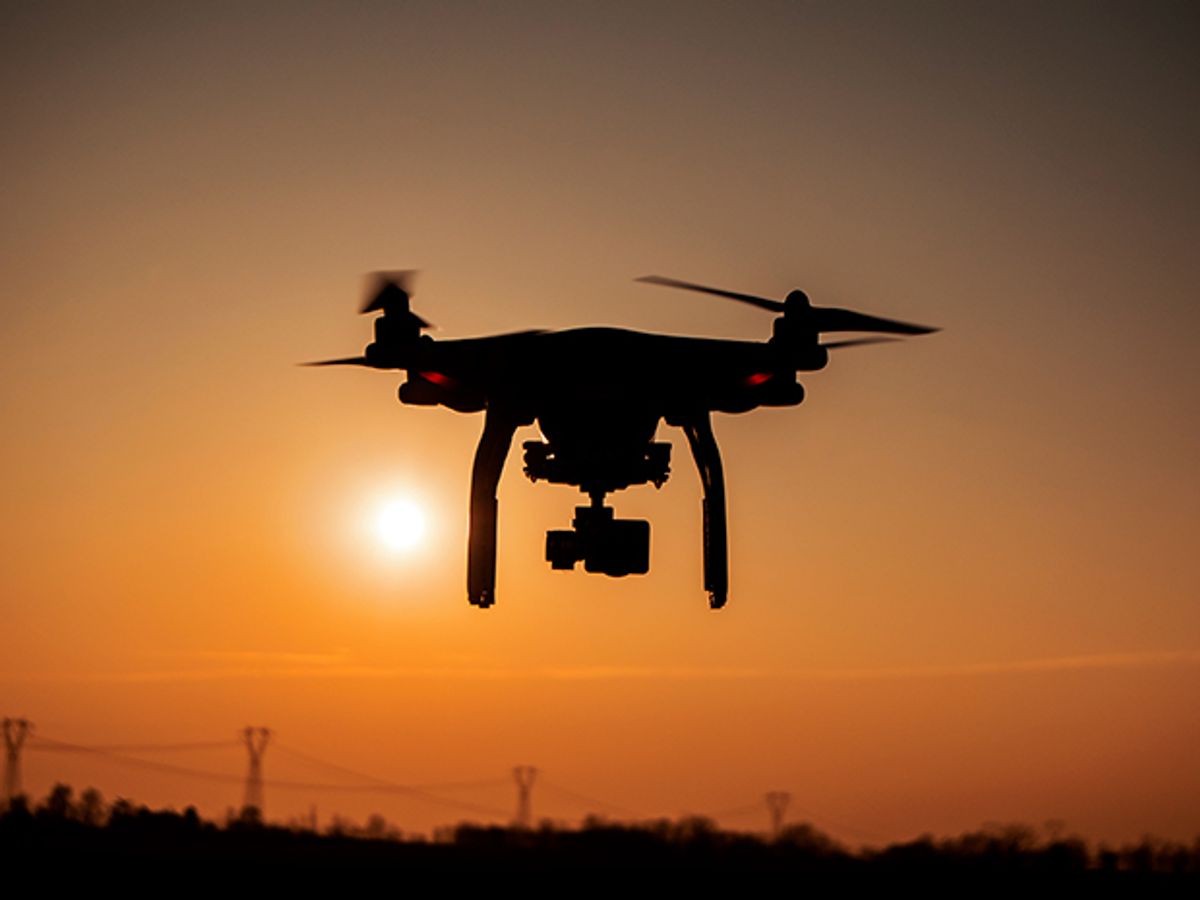In late 2015, mandatory drone registration went into effect in the United States. Since then, anyone who wants to fly a drone (or model aircraft) weighing over 0.55 pound (0.25 kilogram) must register with the U.S. Federal Aviation Administration to receive a unique identification number. This number needs to be placed on the drone, but there is no requirement for the tiny aircraft to broadcast signals to allow for remote identification. That might change in the future.
The FAA Extension, Safety, and Security Act of 2016 [PDF] required the FAA administrator to “convene industry stakeholders to facilitate the development of consensus standards for remotely identifying operators and owners of unmanned aircraft systems and associated unmanned aircraft.” Earlier this year, DJI, the world’s largest commercial drone manufacturer, outlined a general scheme for doing just that.
The Chinese company’s proposal attempts to balance the public’s interest in being able to identify who is using a drone at a particular place and time with the privacy interests of the drone’s owner or operator. As DJI points out, drone operators may want to maintain anonymity even if there are people around to witness their flights. Suppose, for example, a company is surveying land in anticipation of purchasing and developing it. That company might not want to clue in its competitors. Or perhaps the drone is being flown for the purposes of investigative journalism, in which case the journalists involved might not want others to know what they are looking into.
It’s also easy to understand why law-enforcement or regulatory authorities would want to identify the owner or operator of a drone, say, if somebody felt the drone was invading their privacy or if a drone was being flown close to a nuclear power plant.
DJI’s solution is to require drones to broadcast an identifying code by radio, by embedding that code in the telemetry or video transmissions. It would not include the name and address of the owner, but authorities would be able to use it to look up the information in a nonpublic database. Essentially, DJI is proposing electronic license plates for drones.
The requirement would not apply to all drones, though: Those at the small end of the spectrum would be exempt, just as they are from current FAA regulations requiring the registration of drones and model aircraft that exceed 0.25 kg. (By the way, DJI thinks that the 0.25-kg weight threshold is too low and that a more reasonable value should apply to both the current registration requirement and to any future requirement to broadcast an ID.)
Any new drone regulations are bound to be controversial, but DJI’s proposals sound pretty reasonable to me. I am skeptical, though, about how well drone owners would comply. Consider that the FAA estimated that about a million small drones would be sold during the holiday season of 2015, shortly after the registration rules were put in place. But by the following February, only 325,000 registrations had been received.
Now that doesn’t necessarily mean that there were 600,000 or more scofflaw drones. Many drones sold as gifts could fall under the 0.25-kg limit. And one registration can cover multiple drones. Still, I wonder whether most owners would bother registering their drones.
My biggest concern is that the FAA would attempt to boost compliance by imposing harsh penalties for those who don’t register. So far it hasn’t happened—the FAA seems more keen to educate drone flyers than to fine them. But that could change, especially if hundreds of thousands of drones start broadcasting empty #0000000000 IDs.
A version of this article ran online previously as “Electronic License Plates for Drones.”
David Schneider is a former editor at IEEE Spectrum, and continues to contribute Hands On articles. He holds a bachelor's degree in geology from Yale, a master's in engineering from UC Berkeley, and a doctorate in geology from Columbia.



